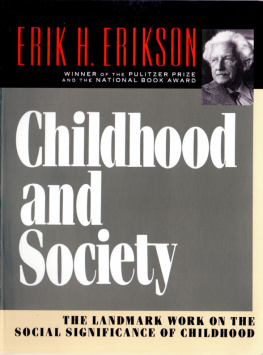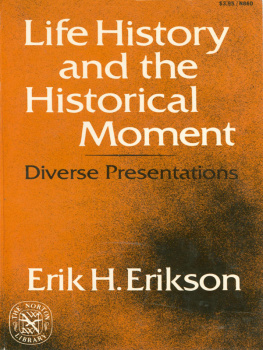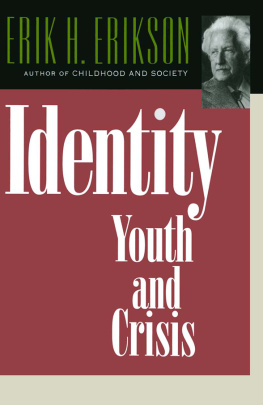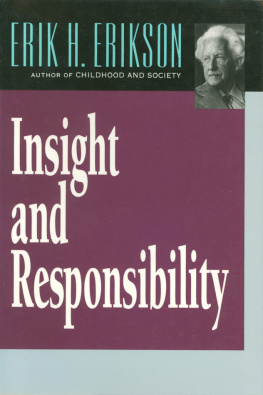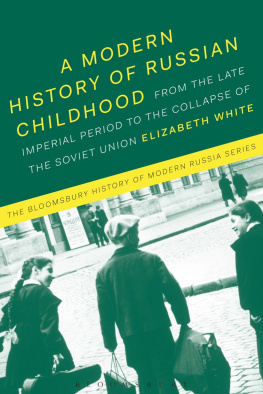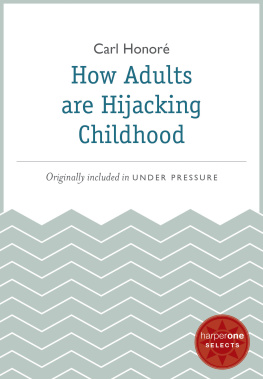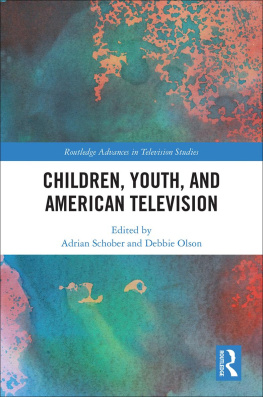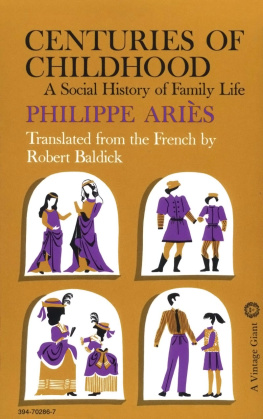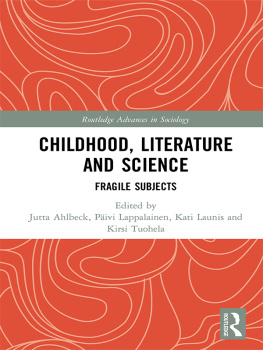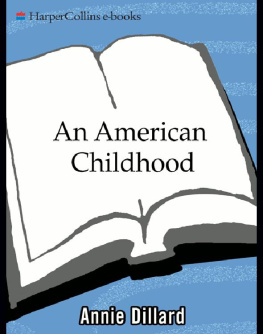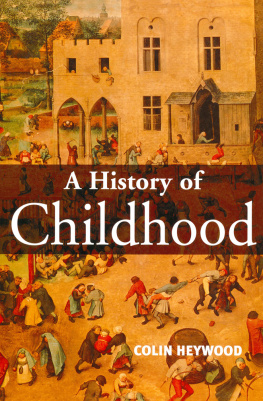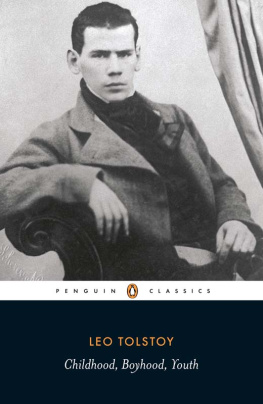Childhood
AND
Society
BY ERIK H. ERIKSON
Childhood and Society (1950, 1963)
Young Man Luther (1958)
Insight and Responsibility (1964)
Identity: Youth and Crisis (1968)
Gandhis Truth (1969)
Dimensions of a New Identity (1974)
Life History and the Historical Moment (1975)
Toys and Reasons (1977)
Identity and the Life Cycle (1959, 1980)
The Life Cycle Completed (1982)
Vital Involvement in Old Age (with Joan M. Erikson and
Helen Q. Kivnick) (1986)
A Way of Looking at Things: Selected Papers
from 1930 to 1980 (edited by Stephen Schlein, Ph. D.) (1987)
EDITED BY ERIK H. ERIKSON
Adulthood (1978)
EDITED BY ROBERT COLES
The Erik Erikson Reader (2000)
TO OUR
childrens children

Copyright 1950, 1963 by
W. W. Norton & Company, Inc.
Afterthoughts 1985 copyright 1985 by Erik H. Erikson
Published as a Norton paperback 1964, 1986; reissued 1993,
All rights reserved
Library of Congress Catalog Card No. 62-19009
Library of Congress Cataloging-in-Publication Data
Erikson, Erik H. (Erik Homburger), 1902
Childhood and society / Erik H. Erikson.
p. cm.
Published writings of Erik H. Erikson: p.
Includes index.
ISBN 978-0-393-34738-8 (e-book)
1. Child development. 2. Socialization. 3. Child psychology.
4. Identity (Psychology)Case studies. I. Title.
[HQ781.E75 1993]
305.231dc20
93-11229
CIP
W. W. Norton & Company, Inc.
500 Fifth Avenue, New York, N.Y. 10110
www.wwnorton.com
W. W. Norton & Company Ltd.
Castle House, 75/76 Wells Street, London WIT 3QT
Contents
I have been asked to write a foreword for this, my first book, in order to help commemorate its thirty-fifth year of active existence. But then I realized that the book already contains two forewords, one for the first edition in 1950 and another for the second, in 1963; and that, furthermore, every major chapter has a formal introduction. Well, this may suggest that at least thirty-five years ago I liked to prepare my readers for what they were going to read; while at my present age I celebrate the past by summarizing whatever has been done. And my last book (1982) does bear the somewhat braggingly summarizing title The Life Cycle Completed, which confirms that a man in his eighties (and my decades roughly coincide with those of our century) prefers to look back and to see what summary claims, hopes, and fears have been underlined by the course taken in middle life. In old age one acquires something of a historical, and, in fact, life-historical identity reflecting the specific times and spaces which one has shared with ones important companions, while one yet develops asometimes desperateneed to experience something of an existential identity encompassing ones own singular existence.
What I was trying to do in my forties in summarizing my clinical and anthropological observations on childhood as lived in different societies, I then called an itinerarya registry of places and distances according to Marchs Thesaurus.
Today, I should confess, itinerary evokes the memory of how I, in my youth, indulged in what was then a German cultural ritualization, namely Wanderschaft, a more or less artistic and reflective wandering in which one sought some encounters with the cultures of the European Southand with great German writers (such as Freud ).
The itinerary of clinical and anthropological observations first goes back to the great experience, thanks to generous friends and teachers, of learning in ancestralFreudian Vienna about the recently discovered universality of childhood, as observed in our work in a special school; as reconstructed from the memories and life-histories of adults undergoing psychoanalysis; and then also from the practice of child-analysis itself as it was then being developed by Anna Freud.
In the foreword to the first edition, which summarized how I then learned to conceptualize and to write about childhood first in Vienna and then in this country, there is one sentence which claims a paragraph for itself: My wife, Joan Erikson, edited this book. To this I must now add, as well as all my other books. She also taught in our small school in Vienna, and had otherwise learned about psychoanalysis. When we then were faced with the approaching Hitlerian catastrophe and came to this country (she is Canadian-born), I had hardly begun to speak English, and she had to guide my sentences with me. This seems to have helped me in a vital fashion to understand and to express some of the sensory and conceptual essentials in the observations which eventually contributed to my attempt to interrelate the overt expressions and the manifoldly hidden themes in the playful behavior of children in very different social and cultural settingsincluding those of American Indians. But this also helped us to work together on an outline of a theory of the psychosocial stages of life, which, under the title Growth and Crises of the Healthy Personality, was contributed to the Midcentury White House Conference dedicated to that over-all theme. As to configurations and meanings, I have always admired Blakes saying that Toys and Reasons are the Fruits of the Two Seasons; thus Toys and Reasons provided a meaningful title not only for a chapter in this book, but eventually also for a book of its own, consisting of the Godkin Lectures offered at Harvard.
Childhood and Society was, from the beginning, read rather widely and translated into quite a number of foreign languagesincluding German, the language of my school years, and Danish, my mother tongue. In fact, right now I have before me a Danish edition of The Life Cycle CompletedLivsringen Slutted: En Studiebog.
In the index to the 1963 version of Childhood and Society some items are listed as nuclear conflicts. As today we are in search of references to our nuclear concern, I was surprised to find under this heading such themes as trust vs. mistrust thus elected as a fundamental problem of life. So let me now, again, reflect on one of the truly original nuclear conflicts in human life, namely, the role of motherhood and fatherhood, and relate it to what to us has become the all-encompassing danger of universal nuclear armament. The basically ambivalent theme of parenthood has, of course, been central in psychoanalytic thinking ever since Freud discovered the Oedipus Complexand other core conflicts.
Our psychoanalytic references to the conflict of two parental types in two dominant modern nations has confronted us with a maternal dilemma of an all-influential AmericanMom and an, at times, historically destructive paternal type of the German father. Momism was said to represent a composite image of traits, none of which could be present all at once in one single living woman (p. 289) but, to quote here one generalization, Mother became Mom only when Father became Pop under the impact of the identical historical discontinuities. For, if you come down to it, Momism is only misplaced paternalism. American mothers stepped into the role of the grandfathers as the fathers abdicated their dominant place in the family, in the field of education, and in cultural life (p. 295). But here it might have been instructive to discuss in each case how special types of motherhood or fatherhood were and are lived in relation to each other. I have also referred to the experience of cruel fatherhood in the development of militant movements and I now reflect on these overall themes in order to suggest their possible significance at this moment of history when the most advanced technological accomplishments are exposing the whole globe to total nuclear danger. It is now possible that only an equal,
Next page
